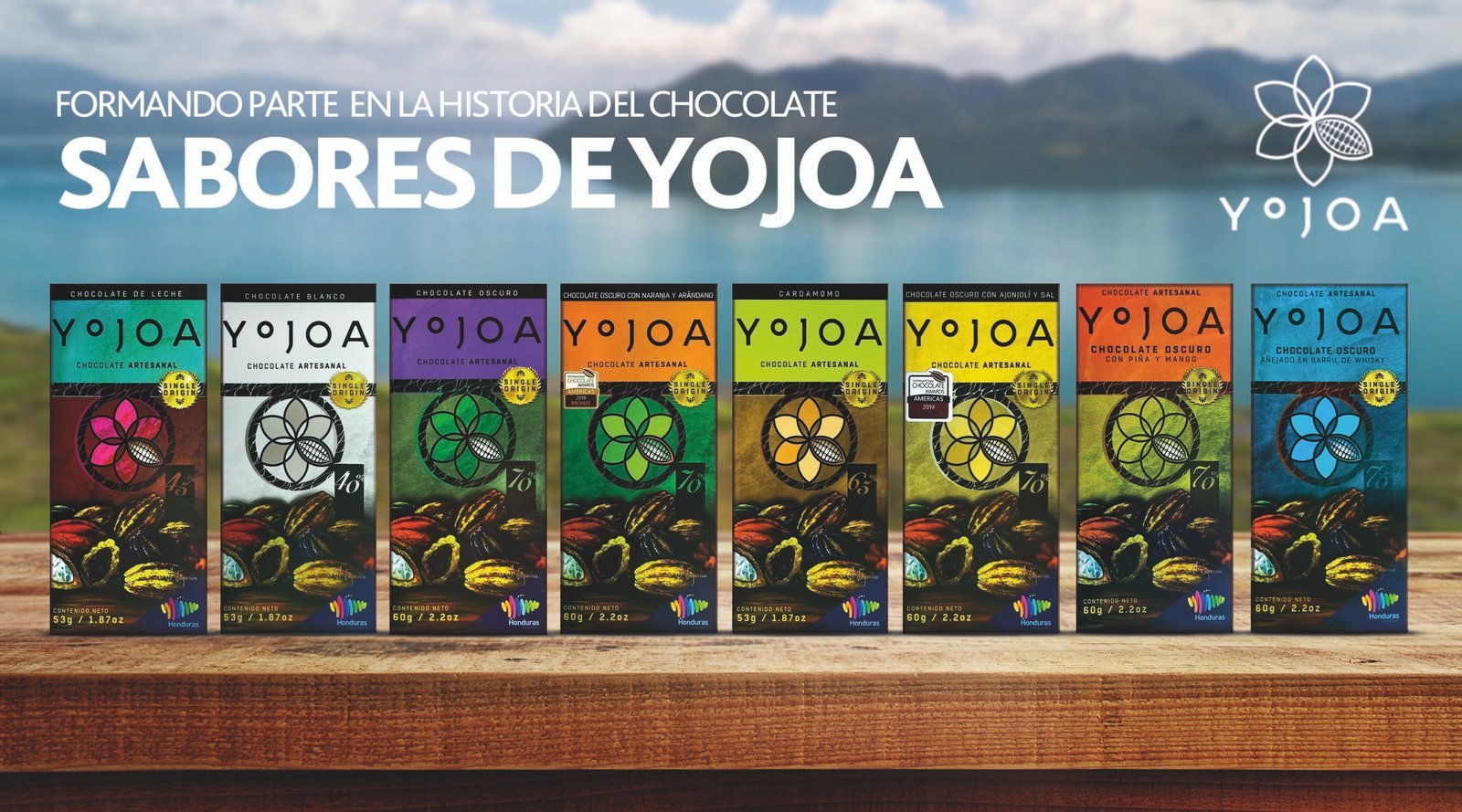The Art of Handcrafted Chocolate: From Beans to Bars Leave a comment
The Journey of Cocoa Beans to Exquisite Chocolate
The journey of transforming raw cocoa beans into gourmet handcrafted chocolate is both an art and a science. It begins in tropical regions where cocoa trees flourish, such as West Africa, South America, and Southeast Asia. The cultivation of these trees requires a delicate balance of shade, humidity, and fertile soil. Farmers in these regions play a crucial role, employing sustainable farming practices that preserve the environment and ensure the longevity of cocoa production. Sustainable farming practices not only contribute to environmental preservation but also support fair trade, ensuring that farmers are fairly compensated for their labor and can invest in their communities.
Harvesting cocoa beans is a labor-intensive process. Ripe cocoa pods are carefully handpicked and split open to reveal the white, mucilaginous seeds within. These seeds, or beans, are then scooped out and placed in shallow containers to begin the fermentation process. Fermentation is a critical stage that influences the flavor profile of the chocolate. It typically lasts between five to seven days, during which the beans’ natural sugars break down, and their complex flavors develop. Correct fermentation is paramount for achieving the rich, nuanced taste that characterizes gourmet chocolate.
After fermentation, the beans undergo drying, a process that reduces their moisture content and prepares them for storage and transport. The beans are spread out in thin layers under the sun and turned regularly to ensure even drying. Once dried, the beans are bagged and shipped to chocolate makers worldwide. Upon arrival at the chocolate factory, the beans are roasted to further enhance their flavor. Roasting times and temperatures vary depending on the desired flavor profile, and this step is closely monitored to avoid over-roasting, which can result in a bitter taste.
The next steps in the chocolate-making process are winnowing, grinding, and conching. Winnowing removes the outer shell of the roasted beans, leaving behind the nibs, which are then ground into cocoa mass. Conching involves continuously mixing and aerating the cocoa mass to refine its texture and flavor, often for several hours or even days. The final stages include tempering and molding, where the liquid chocolate is carefully cooled and agitated to achieve the desired crystalline structure. Proper tempering results in a smooth, glossy finish and a satisfying snap when broken.
Each phase in the journey from cocoa beans to handcrafted chocolate demands meticulous attention to detail, ensuring that every bar of chocolate not only meets high standards of quality but also delivers an exceptional sensory experience.
The Unique Experience of Handcrafted Chocolate Tasting
The journey of tasting handcrafted chocolate offers a sensory experience unparalleled by mass-produced varieties. Handcrafted chocolate distinguishes itself through meticulous attention to quality, unique flavor profiles, and ethical ingredient sourcing. Unlike mass-produced chocolate, which often relies on artificial flavors and lower-grade cacao, artisanal chocolates are crafted from carefully selected beans, offering a more authentic taste of the cacao’s origin.
When savoring handcrafted chocolate, one can discern a complexity that manifests in tasting notes, similar to wine or coffee. These notes can range from fruity and floral to nutty and spicy, providing a rich tapestry of flavors evolved through skillful fermentation and precise roasting techniques. The aroma of high-quality chocolate sets the stage for its tasting experience; a sniff might reveal hints of earthiness, herbs, or tropical fruits.
Proper chocolate tasting involves allowing the piece to melt slowly on the tongue, which helps in experiencing the full spectrum of flavors. Break a small piece and place it on your tongue, letting it dissolve gradually. Observe how initial flavors transform and develop, revealing subtler notes over time. The texture also plays a crucial role – handcrafted chocolates usually boast a smooth, creamy consistency that enhances the flavors.
To elevate the tasting experience, consider pairing handcrafted chocolate with complementary beverages. A well-rounded red wine can enrich chocolate’s deeper notes, while a robust cup of coffee highlights its bold flavors. For a refreshing contrast, try pairing with clean, palate-cleansing green tea. Such thoughtful pairings can highlight different facets of the chocolate, creating a more rounded and enjoyable tasting journey.
Renowned artisanal chocolatiers bring their unique interpretations to handcrafted chocolate, providing a variety of intriguing options. Makers like Pierre Marcolini, Dandelion Chocolate, and Marou Faiseurs de Chocolat exemplify the artistry and dedication inherent in this craft. Their distinctive offerings reflect the rich diversity and nuanced flavors achievable through handcrafted methods, transcending the limitations of conventionally produced chocolate.



 Hola. ¿Necesitas ayuda con algo?
Hola. ¿Necesitas ayuda con algo?